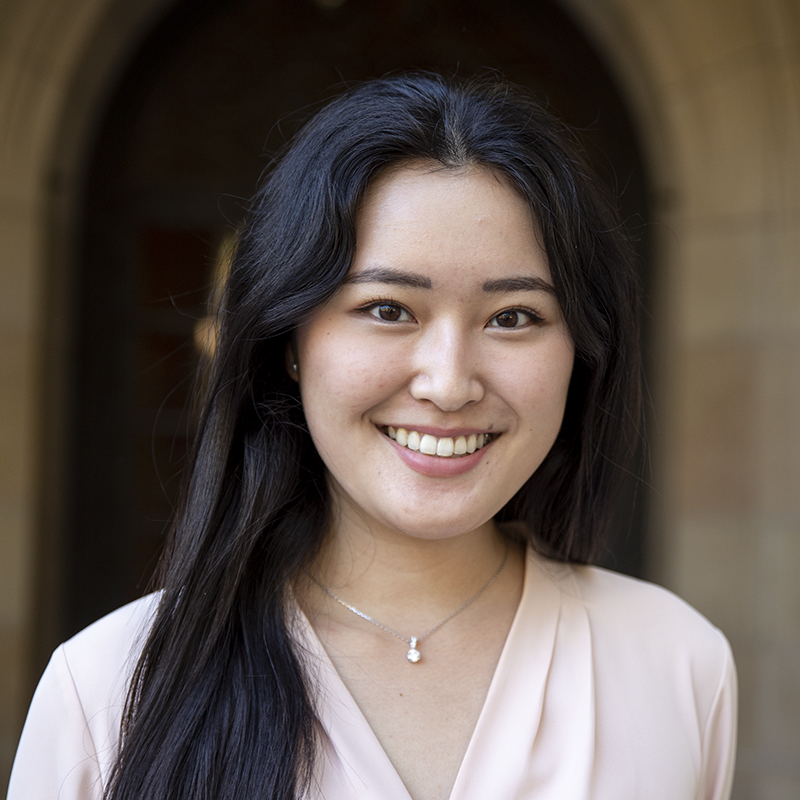The Quad: Media coverage skewed by biases of journalists, American society

(Emily Dembinski/Daily Bruin)

By Hanna Chea
May 9, 2019 2:55 p.m.
It’s safe to say that popular news outlets like The Washington Post, The New York Times and The Wall Street Journal each publish more than 230 stories a day.
Viewers of the news can often feel overwhelmed with the countless stories told in the media, but only certain stories leave lasting impressions on their audience. In a news and media culture teeming with headlines, how do Americans choose which ones to focus on, and what stories do journalists deem worthy of being told?
Recent investigations like the Mueller Report and tragedies like the Notre Dame cathedral fire or UNC Charlotte shooting are among recent headlines which have garnered attention from the public. Such reports are inarguably important for the public, but the news that gains popularity is commonly recognized by two types of biases: bias toward the event and bias toward the familiar.
Alyssa Choi, a first-year political science student, said, “Usually if it’s more impactful or widespread I try to read it … (news outlets) tend to focus on issues that would touch people’s emotions most often, so I think they cover more tragedies just because that will get the audience’s attention more.”
News outlets have a tendency to focus on immediate and unusual events which would gain more public attention due to the out-of-the-ordinary premise behind the tragedy.
Titled the Studebaker National Tragedy Index, the index assigns tragedies like the Boston Marathon bombing as level one due to its fatality rate of 0.000003% of the population while chronic issues like cancer have a tragedy level of 7, which affects 3% of the U.S. population.
Francis Steen, an associate professor in the Communication department at UCLA, specializes in research regarding the effects of mass media. Steen said selection bias, which is the biased selection of which stories to tell, ties into deeper principles of the motivations of news networks.
“(Selection bias) has to do with news having to position themselves between what people know and what they don’t know,” Steen said. “When journalists are selecting stories, they have to build on what people know.”
Steen’s insight ties into a second bias within news and media – the bias toward what is more familiar. Recent controversy over the comparison of the coverage on the Notre Dame cathedral fire, which had no fatalities, versus the Sri Lanka terror attacks which left nearly 300 killed and hundreds wounded, sparked debate over why news outlets choose to cover certain topics over other – just as serious – events.
Jae Jin Lee, a first-year international development studies student at UCLA, said, “In terms of international news, the culture surrounding the news is more focused on a Eurocentric type of view. A famous cathedral burning up will be of more interest than a terrorist attack in a South Asian country … People when they see that just think ‘oh, that’s what happens in those types of countries.'”
Graphs comparing the airtime of the Mueller coverage, Notre Dame fire and Sri Lanka attacks illustrate news networks like CNN, Fox and MSNBC as being saturated with coverage regarding Mueller with the Notre Dame fire as the next leading headline. However, the Sri Lanka attacks which, despite leaving more than 300 killed and hundreds wounded, had less than half the coverage of the Notre Dame fire in certain networks.
Such statistics exemplify the common biases journalists have when covering certain topics, thus perpetuating a narrow and saturated news section to their audiences. In the case of choosing headlining stories, the length and popularity of certain event coverage is highly dependent on relatability, a term which ties into the concept of communicative potential.
“Communicative potential is the willingness of an audience to pay attention. Audiences are motivated by things that are interesting and discouraged by things that are difficult,” Steen said. “You have to give them a lot of background to make sense of what’s happening. It becomes more expensive – cognitively more expensive – for audiences to figure out what’s going on, and unless it is a very interesting story, you lose them.”
Similarly to Steen’s insight, Choi said the lack of attention with urgent issues has to do with the lack of exposure to certain countries, ultimately pointing to a problem not only in the media, but American culture as a whole.
As consumers of the news, it is important to stay informed on all facets of activity. When news sources begin to fall into the habit of choosing whichever story sounds more interesting or easier to understand, the information fed to the general public becomes skewed.
“Audiences drive what the news organizations give you, so if you demand something else, you help create a pressure to create different news. This is the power of the reader.” Steen said.

